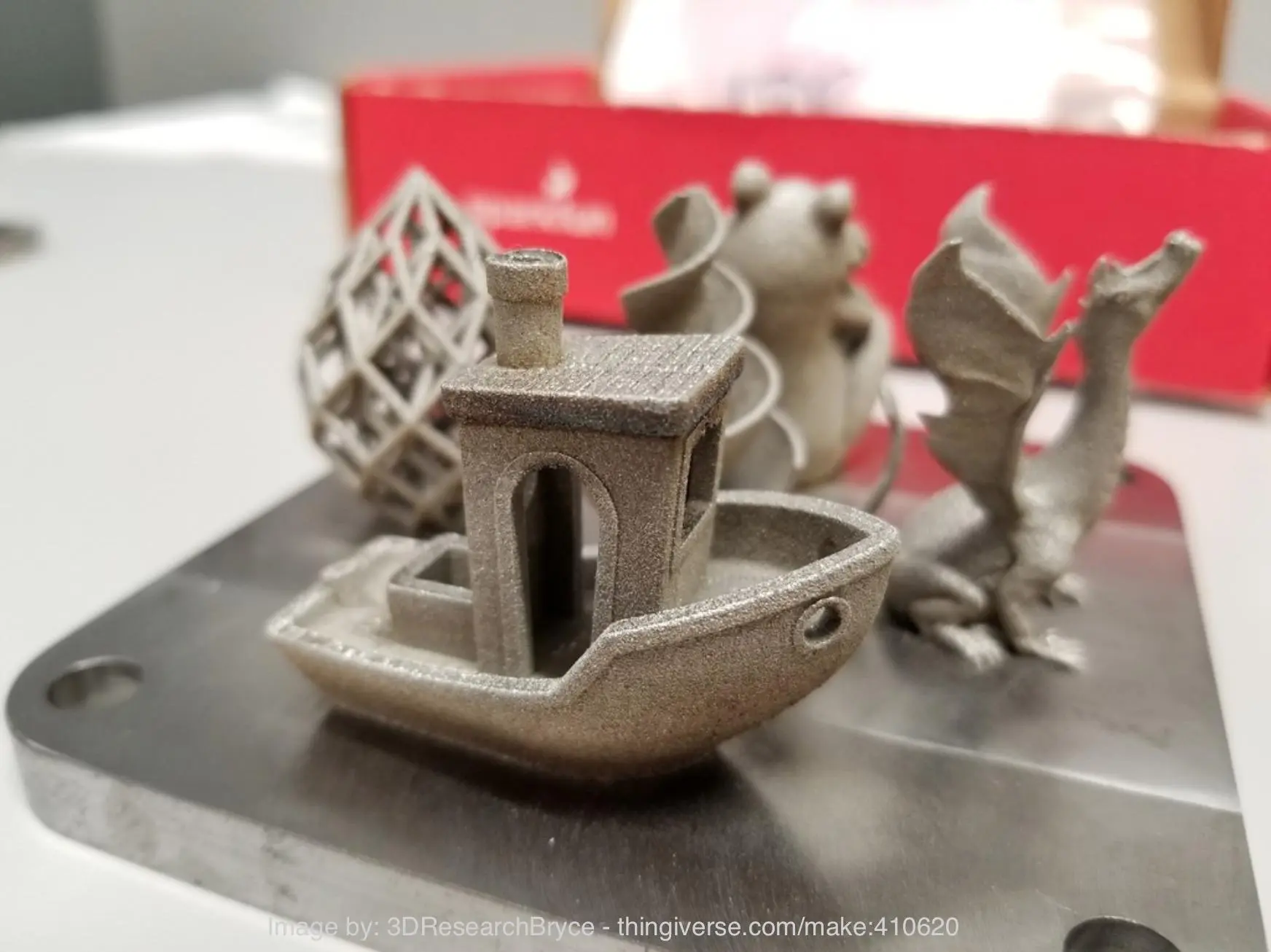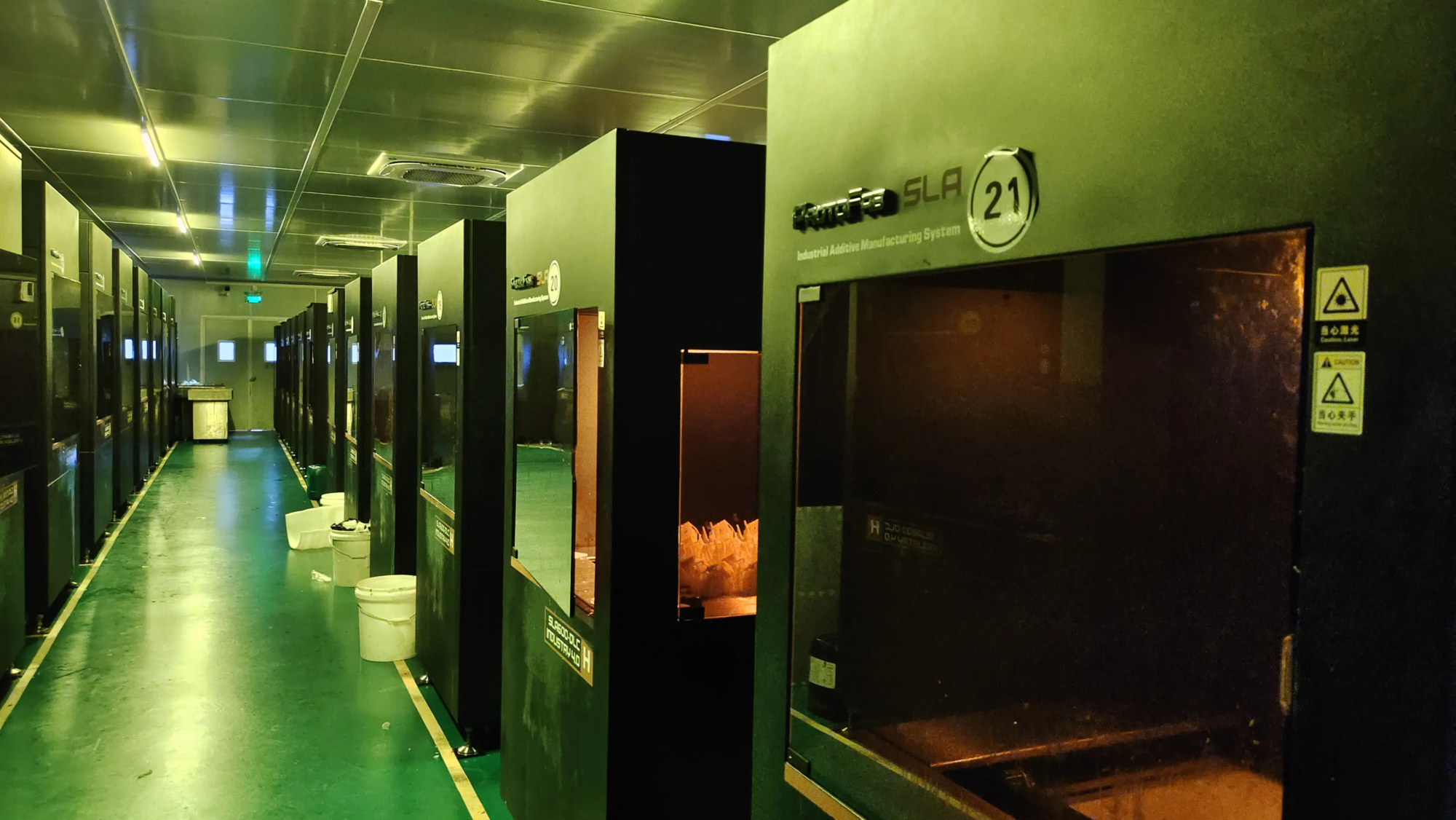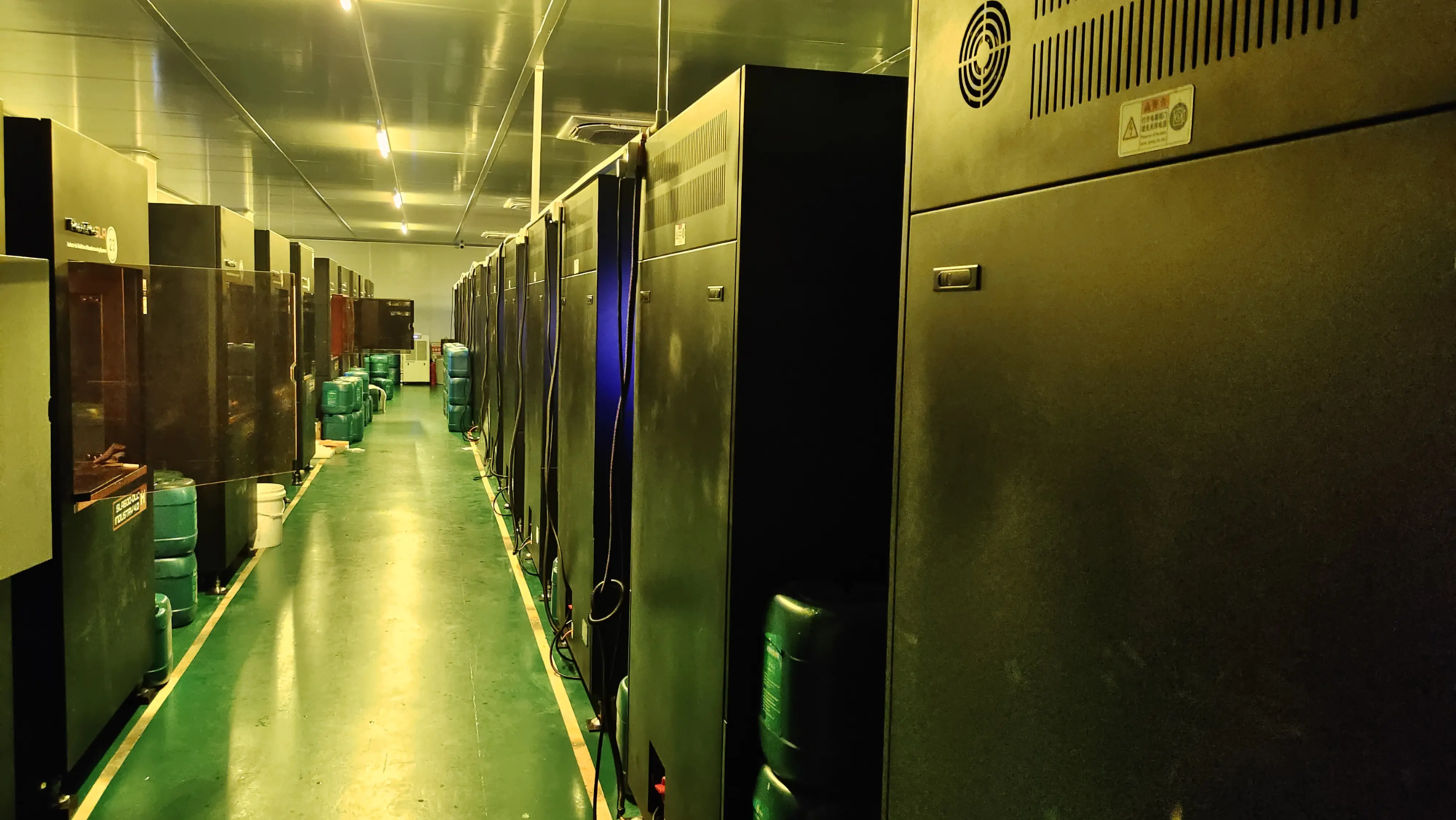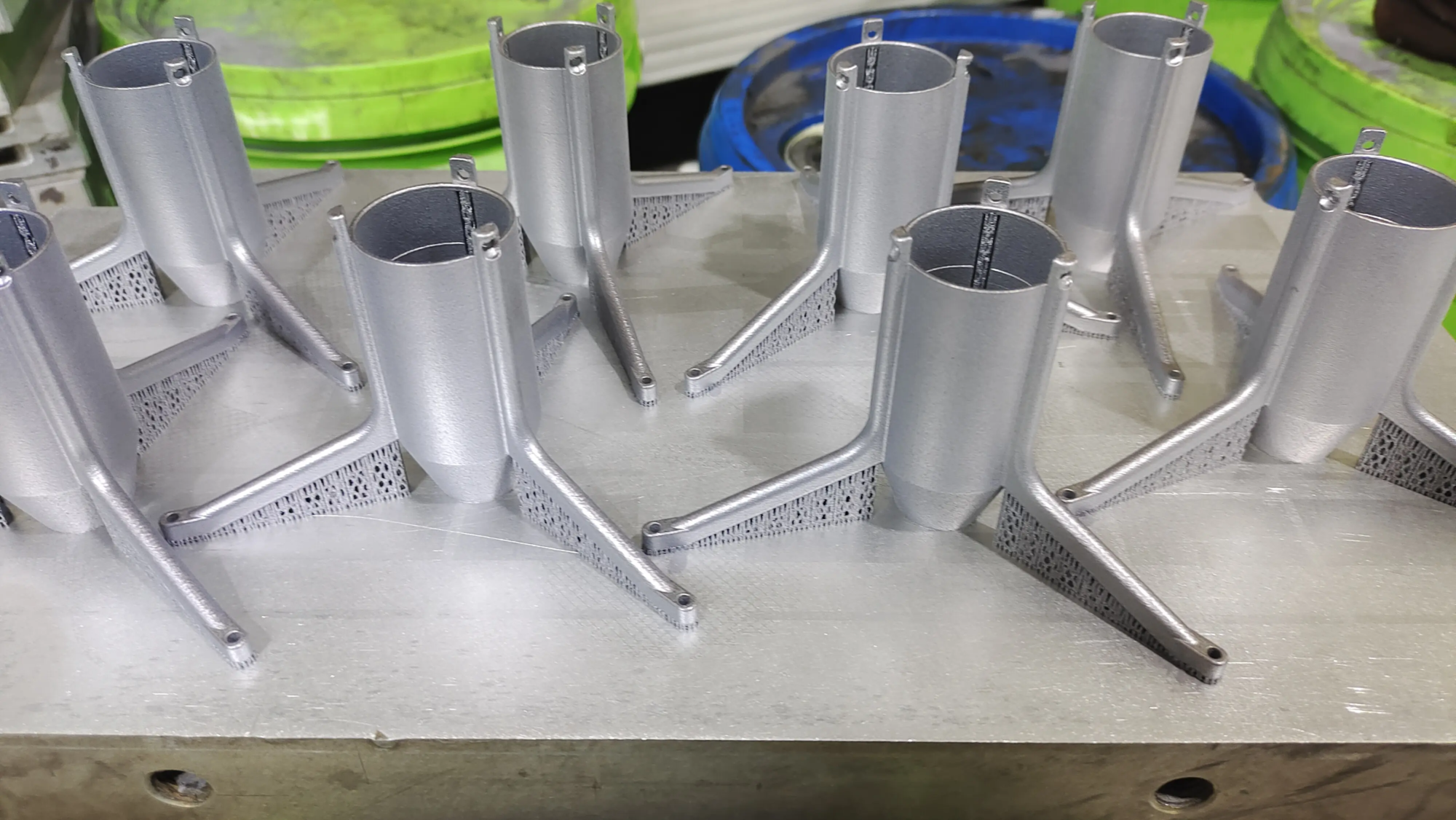On January 6, 2025, according to the resource library, the Dubai computer engineering company, Leap 71, recently completed a thermal test of a 3D printed engine with a thrust of 5,000 newtons and fed by liquid oxygen at low temperature and kerosene. This test is another important step after the successful test of a rocket engine designed by AI in June 2024.
The Aerospike engine was designed by the Leap 71 based on the Noyron engineering model and completed in a few weeks. The manufacturing is carried out by Aconity3D, and 3D printing is completed using aerospace copper alloy fusion technology (CUCCRZR) and powdered bed fusion technology (LPBF). The Spatial team of race 2 at the University of Sheffield.
Its design is quite unique, abandoning the traditional bell nozzle and replacing it with a cone structure located in the center of the annular combustion chamber. This design allows it to remain effective at different atmospheric pressures and can operate stable even in a spatial vacuum cleaner environment. However, due to the enormous cooling difficulties caused by high -temperature exhaust gases on the surface of the cone up to 3500 ° C, few teams have managed to overcome this technology over the past 30 years.
The breakthrough of Leap 71 is to solve this problem using its large -scale IT engineering model Noyron. It is an artificial intelligence programmed and formed by aerospace experts which can take a given set of input parameters and create a design that corresponds to these parameters by deducing physical interactions of various factors, including behavior thermal and expected performance. The results are then reintegrated into the AI model to refine the model because it displays the calculation performance parameters, engine geometry, manufacturing process parameters and other details.





